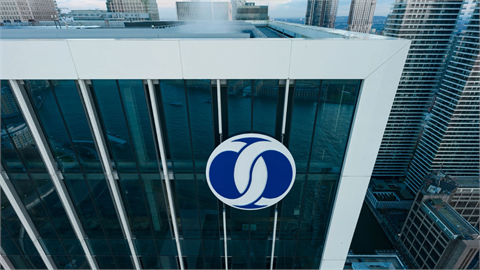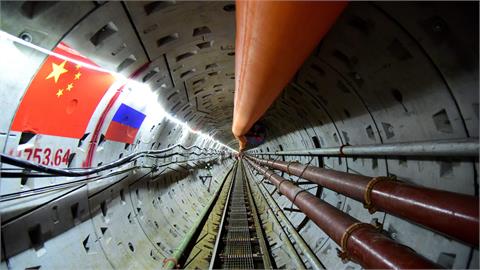Siemens has got itself back to a decent level of fitness. Now comes the hard part of building muscle.
The German engineering giant has shed noncore divisions, including the €2.15 billion ($2.68 billion) proposed sale of its hearing-aid unit announced Thursday. An operational separation of its health care division could presage a full split. Meanwhile, the company has expanded its energy unit through the planned acquisitions of Dresser Rand, a U.S.-based shale oil equipment manufacturer, and Rolls-Royce’s U.K. energy business.
Earnings per share for the fiscal year to September 30 increased 25% and Siemens raised its dividend by 10%, signaling that returning cash to shareholders takes precedence over more big acquisitions.
But endemic weaknesses could threaten its healthy progress.
Siemens aims to get operating profit margins closer to the 15% of General Electric ’s industrial division, from 10% currently. To do that, it must cut costs with plans to trim €1 billion and get to grips with its project risk management.
There has been some improvement in the latter. Siemens is reducing the portion of its business that comes from riskier projects such as the construction of power plants.
Since 2001, contract losses, restructuring costs and similar charges have cost the company €34.7 billion, according to Morgan Stanley. These one-off charges have fallen from a high of €5.9 billion in 2008 to about €700 million this year. But that is still about 10% of the company’s total operating profit.
Its energy unit, which accounts for about a third of revenues, has been the worst offender in recent years. And in the three months to September alone, Siemens’s wind power division took a €223 million charge due to faulty turbines. In the power transmission unit, the company wrote down €41 million partly due to problems with a high-voltage direct current project in the U.K.
Profit in the energy business, the backbone of the streamlined Siemens, fell 20% even as total operating profit rose 26% for the fiscal year.
Siemens trades at about 8 times earnings before interest, tax, depreciation and amortization compared with 9 times Ebitda for GE. If the company is to improve margins, stamping out those charges is key.
Siemens needs to work on its core strength.
(http://online.wsj.com/)



